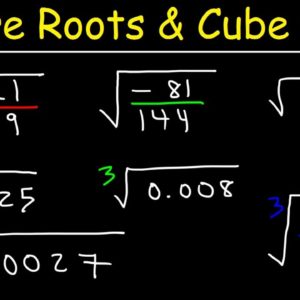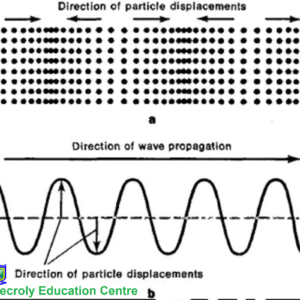At the end of linear motion course, you should be able to:
- Describe the terms used in mechanics.
- Demonstrate the use of equations of uniformly accelerated motion to solve problems
- Interpret graphical representation of distance-time, Displacement -time, speed-time, velocity-time and acceleration-time.
- Investigate the consequences of over speeding
- Describe the acceleration of free fall for a body near the earth.
- Describe qualitatively the motion of bodies falling in a uniform gravitational field with and without air resistance
The linear motion involves both scalar and vector quantities
The direction of vector quantities, as part of one-directional motion course, can be better described by designating a coordinate system within the reference frame. This is a simple coordinate system consisting of a one-dimensional coordinate line. In general, when describing horizontal motion, one to the right is usually considered positive, and the one to the left is considered negative.
With vertical motion, the upwards one is usually positive and the downward movement is negative. In some cases, however, as with the aeroplane, it can be more convenient to switch the positive and negative directions. For example, if you are analysing the movement of falling objects, it can be useful to define downwards as the positive direction.
If people in a race are running to the left, it is useful to define left as the positive direction. It does not matter as long as the system is clear and consistent. Once you assign a positive direction and start solving a problem, you cannot change it.










Reviews
There are no reviews yet.